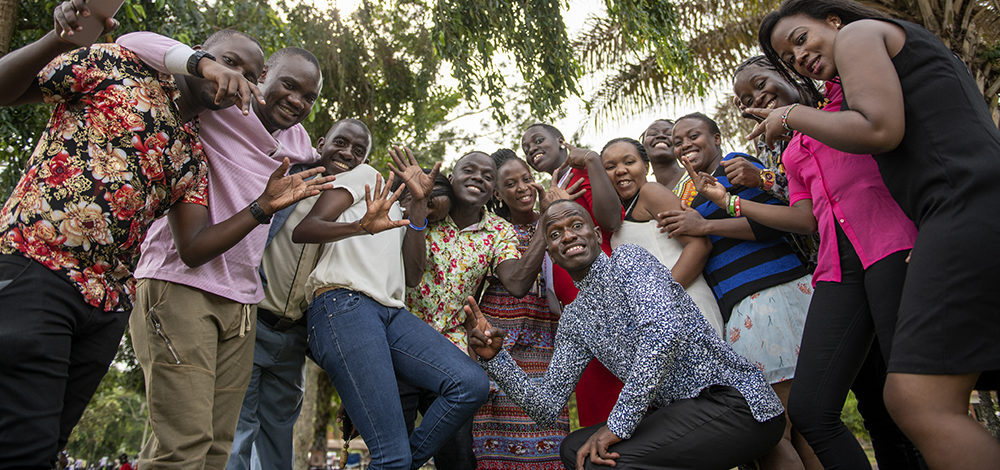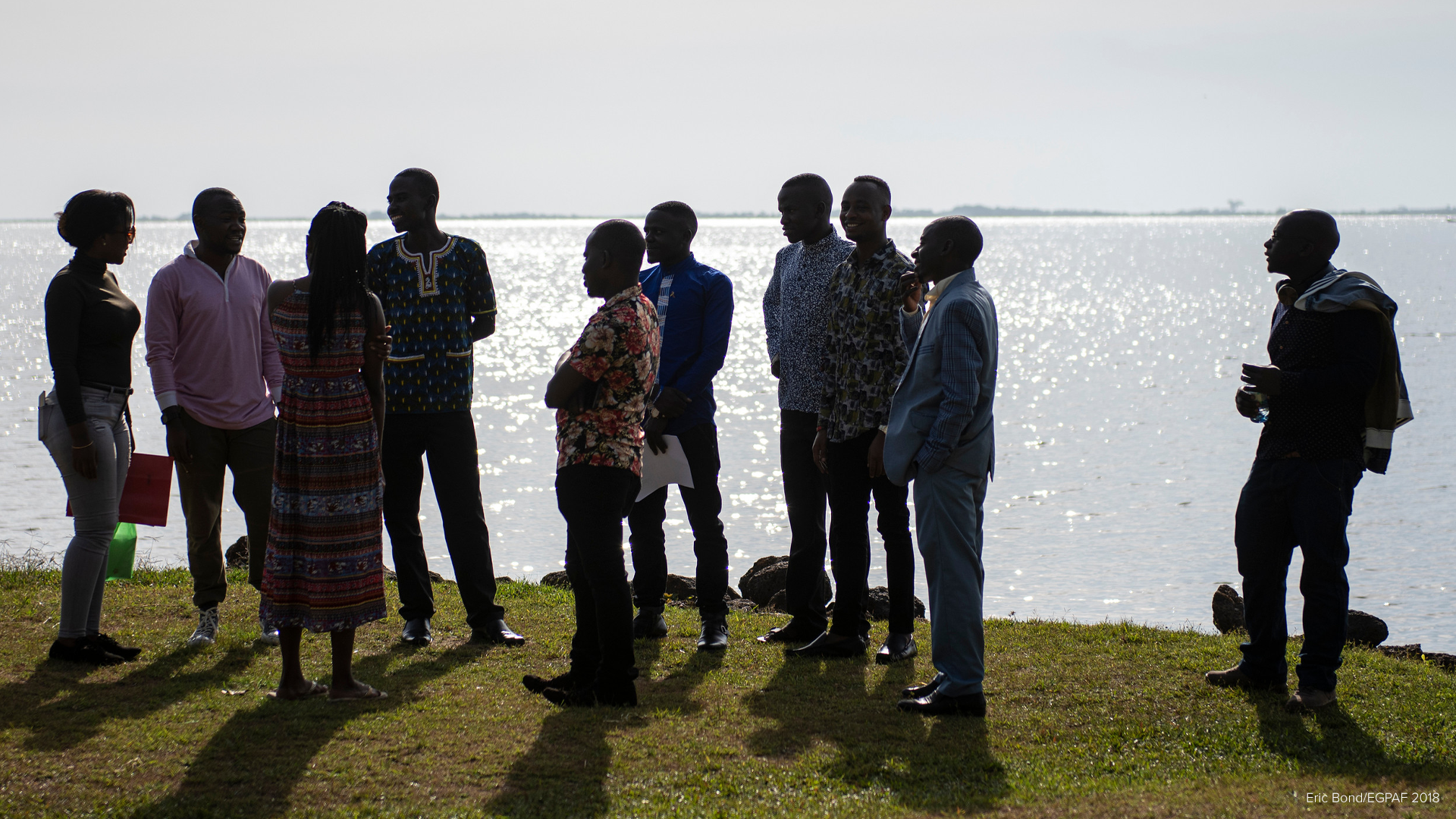Supporting Adolescents, Strengthening Futures
As more children living with HIV transition into adolescence and young adulthood, ensuring they continue to receive care is critical. Without tailored programs for this age group, the gains of the global HIV response risk being lost. Adolescents living with HIV face unique medical, social, and developmental challenges — from navigating disclosure and stigma to balancing school, work, and relationships — making adolescent-focused care essential for long-term health.
Get The Facts
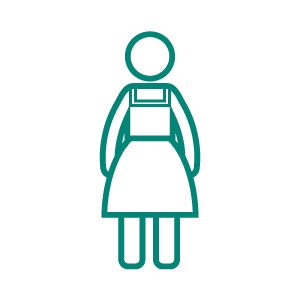
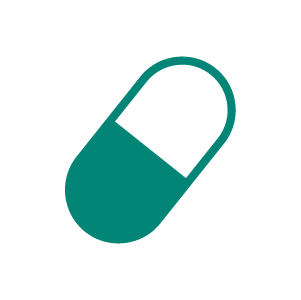
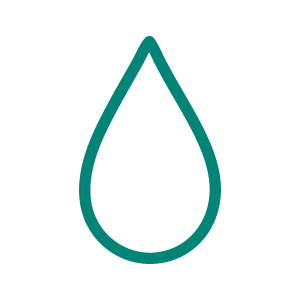
Tailored Programs for Youth
Across the countries where we work, EGPAF designs and implements HIV prevention, care, and treatment programs specifically for adolescents—meeting them where they are, and helping them build healthy, empowered futures. We also lead global advocacy and drive innovative research to improve outcomes for millions of young people affected by HIV.
Our programs reach diverse groups
including girls and young women, orphans and vulnerable children, pregnant teens and young mothers, and young couples. We offer:
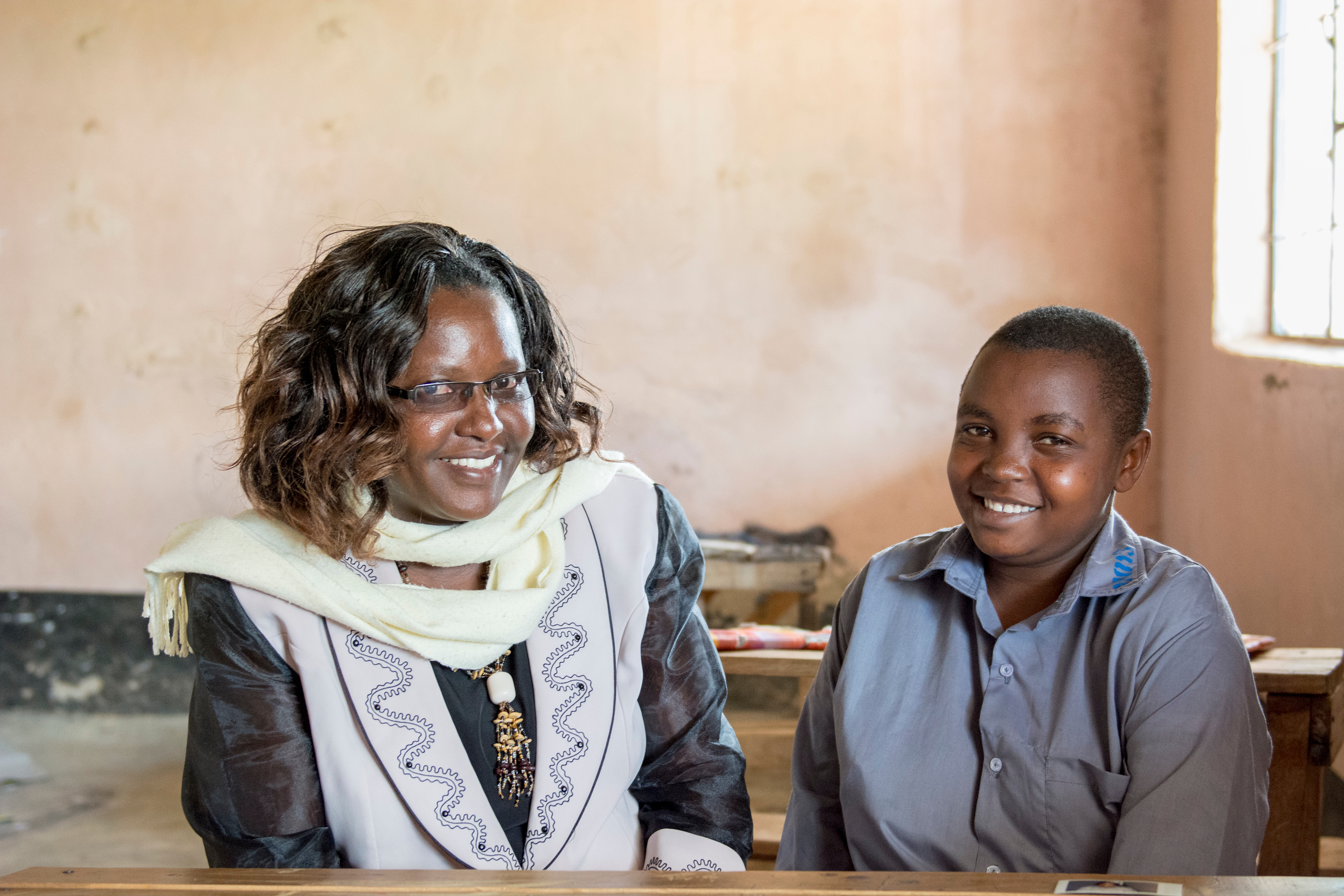
HIV education
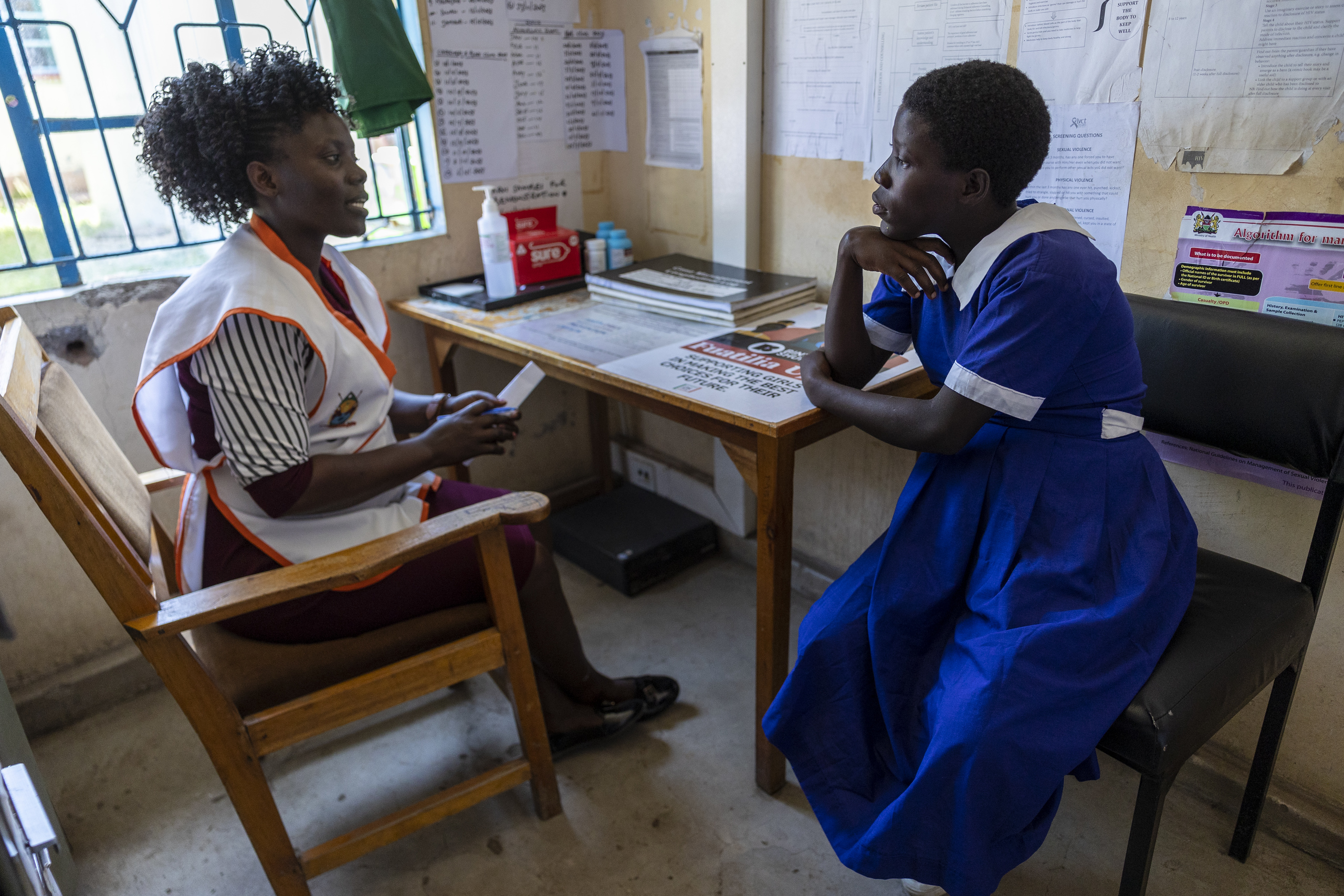
Comprehensive treatment
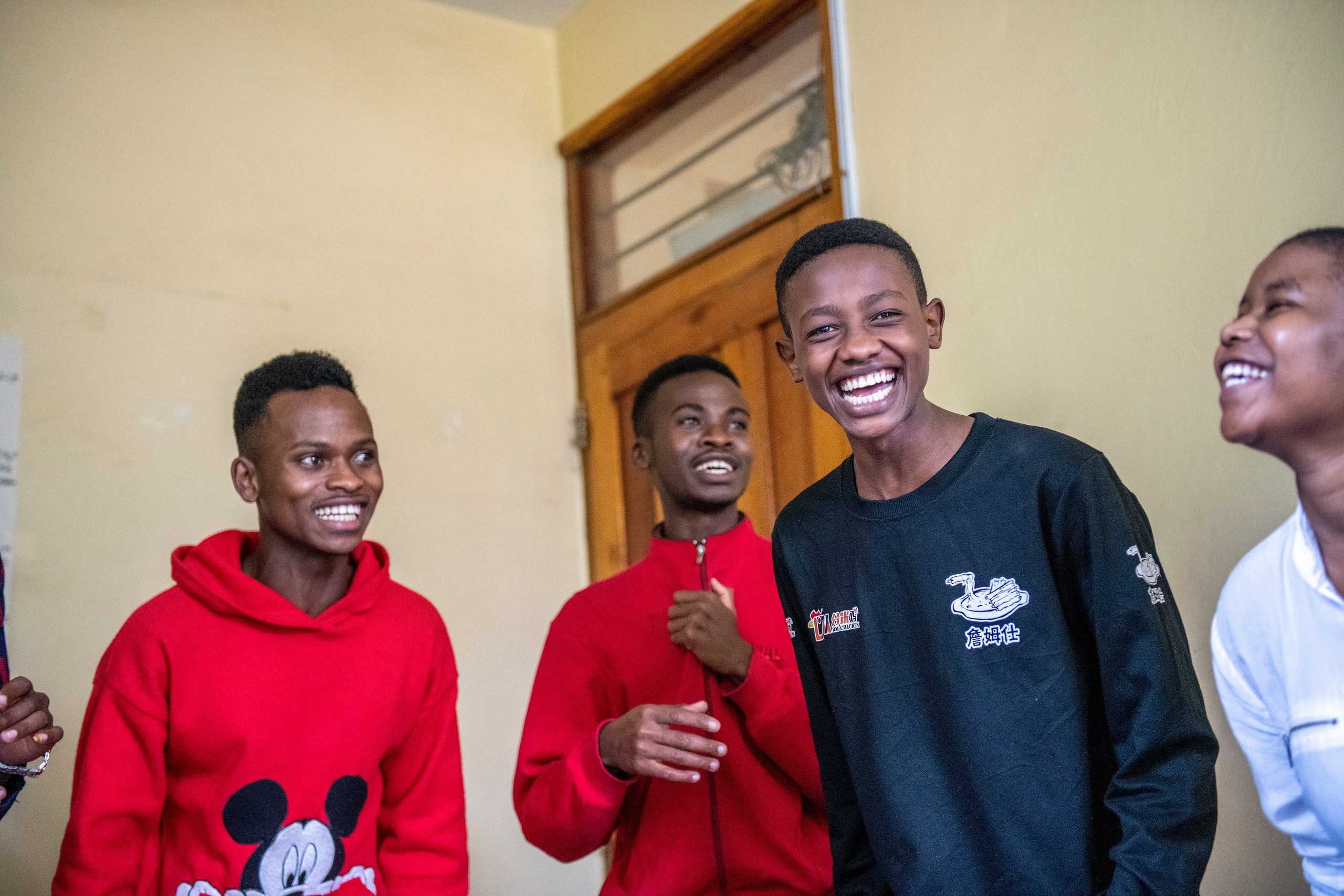
Community support services
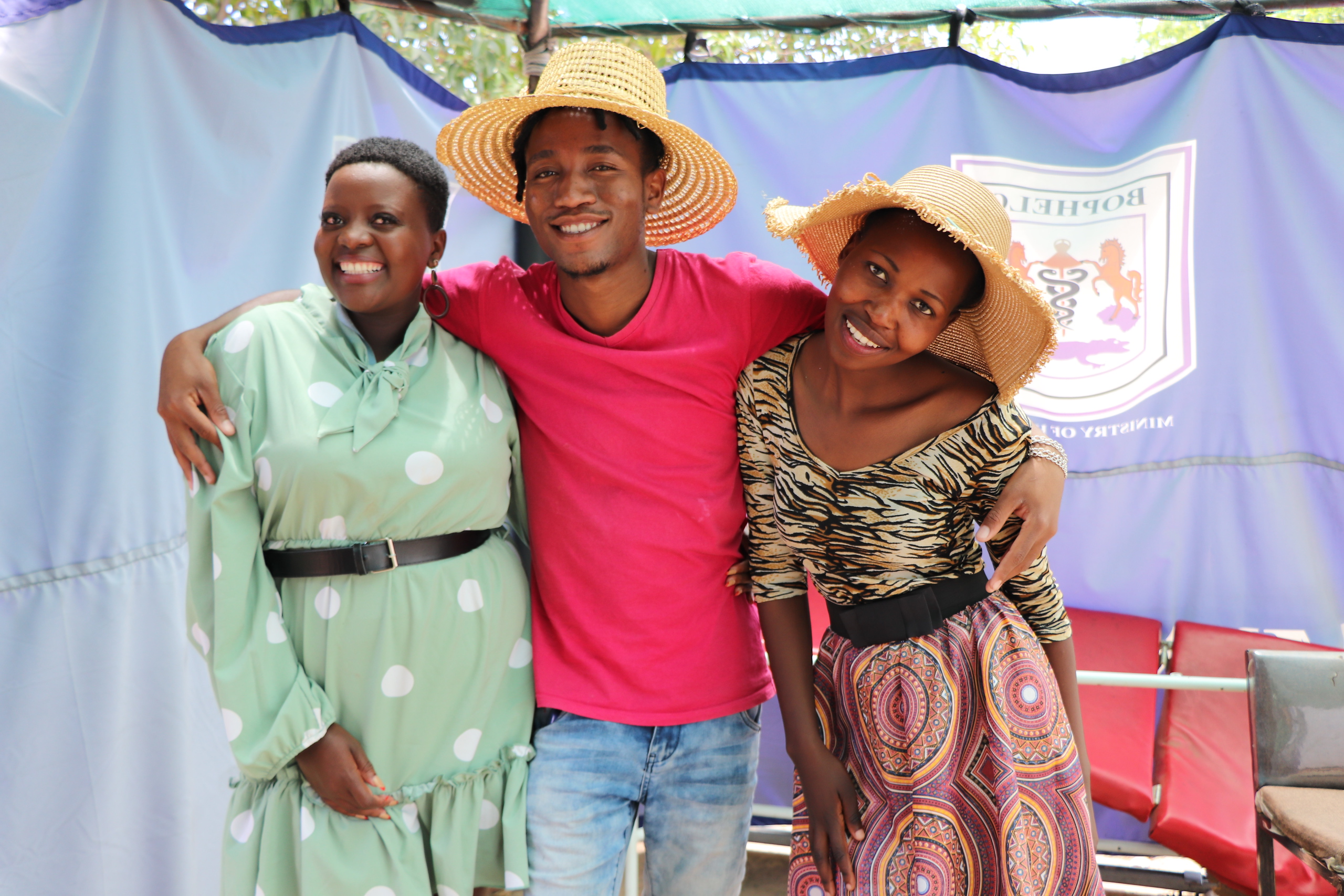
Differentiated Care, Designed for Adolescents
EGPAF’s adolescent-centered care models adapt to the needs and realities of each young person. These approaches include:
- Peer mentors who provide encouragement and treatment support
- Age-specific Ariel children and teen clubs
- Adolescent-friendly clinic spaces and flexible hours aligned with school schedules
- Community health workers supporting young mothers
These tailored approaches increase retention in care, improve viral suppression, and empower adolescents to take ownership of their health.
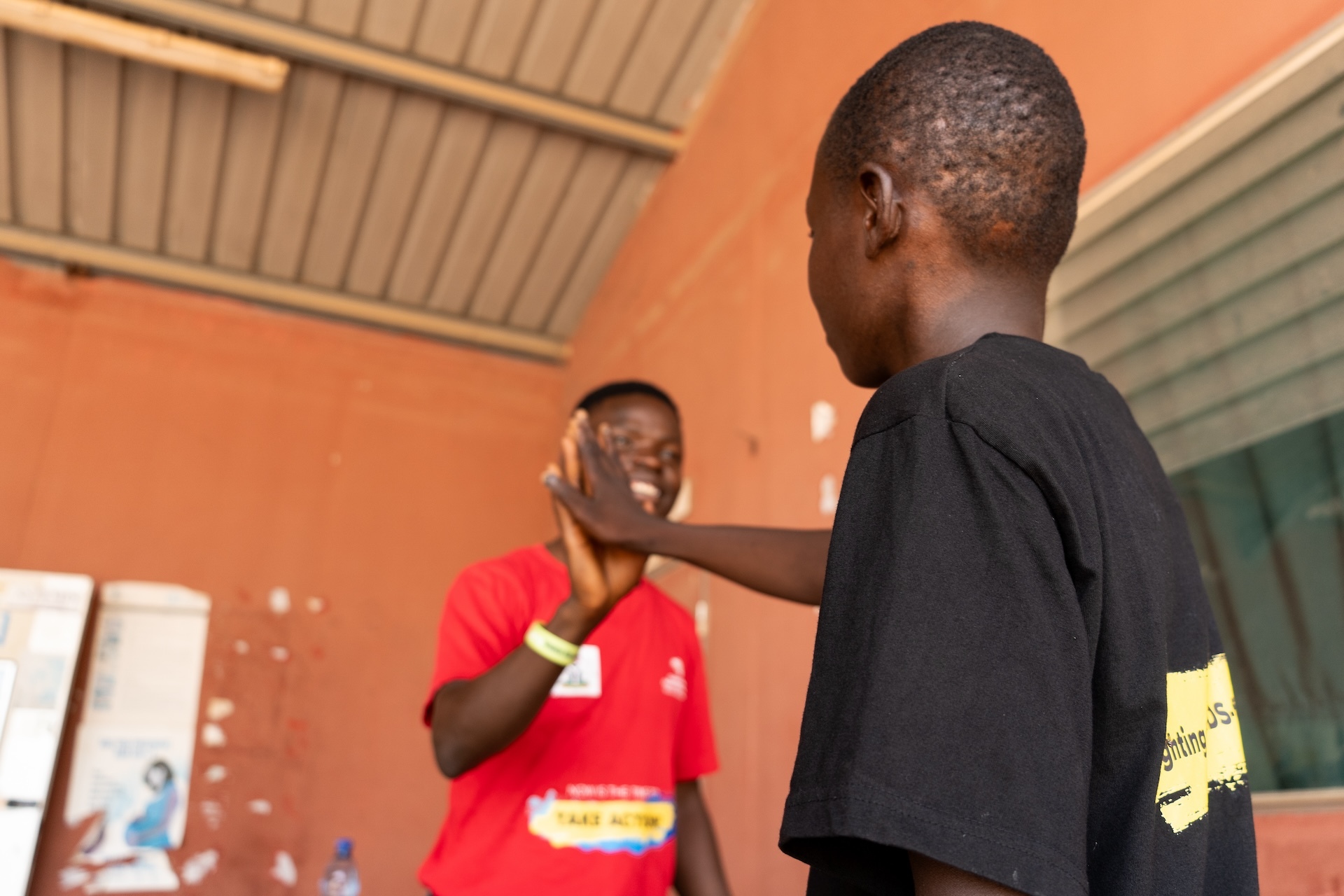
Peer-Led Psychosocial Support
Peer connections are powerful. EGPAF harnesses that power through psychosocial support groups that complement clinical care. The Ariel Club model provides a safe, affirming space for adolescents living with HIV to connect with trained peers, discuss challenges like disclosure and stigma, and stay on track with treatment.
Youth-driven tools—such as cartoons used in group discussions—help spark open, age-appropriate conversations about sensitive topics, from relationships to long-term health.
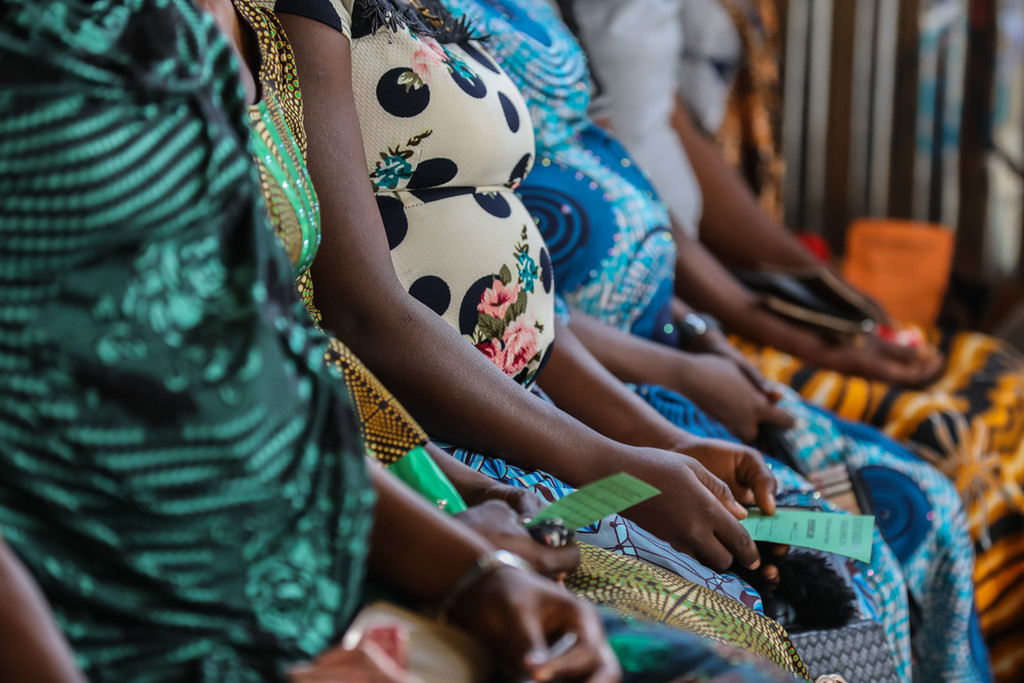
Supporting Pregnant Adolescents
Pregnant adolescents face a higher risk of HIV infection, mother-to-child transmission, and poor health outcomes. EGPAF supports these young mothers with compassionate, community-based care—empowering them to stay healthy, continue their education, and provide for their children.
By addressing the full picture of an adolescent girl’s life—her family, peers, school, and community—we help her and her child thrive.
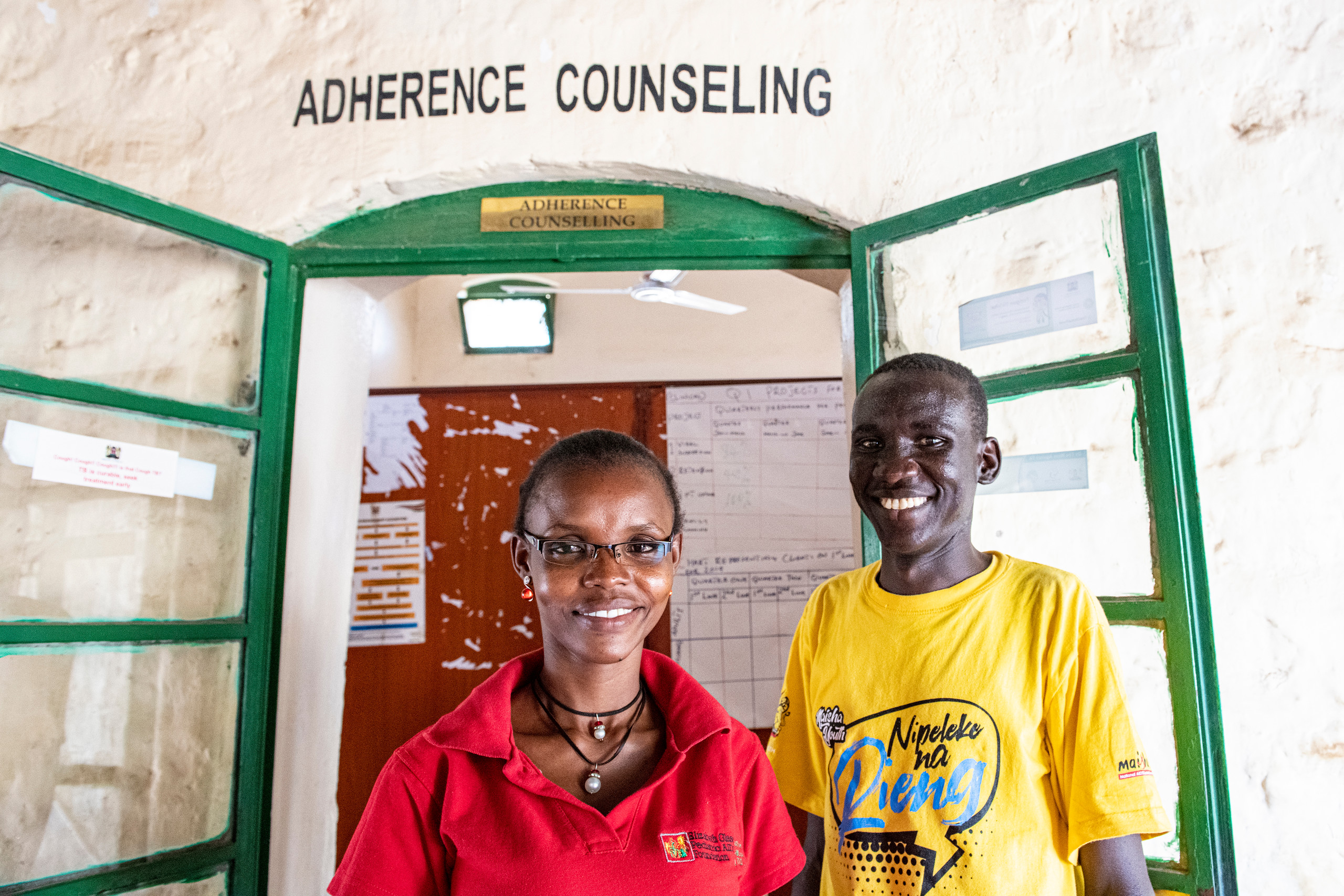
Adolescents deserve care and opportunities that reflect their unique needs.
Support programs that empower youth, reduce stigma, and provide lifesaving HIV treatment — and help build a generation free from HIV.

